 In this ETFdb interview with Rich Powers, Head of ETF Product Management at Vanguard, there was a useful bit about the practical mechanics of buying an ETF in your brokerage account. Found via Abnormal Returns.
In this ETFdb interview with Rich Powers, Head of ETF Product Management at Vanguard, there was a useful bit about the practical mechanics of buying an ETF in your brokerage account. Found via Abnormal Returns.
ETFdb: What would you say are three best practices that investors should keep in mind?
R.P.: The first is to not trade at the open or the close because the markets aren’t very deep during these times. Secondly, avoid market orders at all costs. Finally, investors need to keep their risk/return profile and expectations in mind. A retail investor will have a different set of parameters and risks that they are willing and able to bear, compared to an institutional investor, when selecting a product.
ETFs are an increasingly popular way to build a portfolio and this is good, practical advice from a respected source. I’ll expand with my own commentary below:
Do not trade near the open or close each trading day. The markets are not as liquid during these times, which means that you may get poor pricing. I’ve read elsewhere that you shouldn’t trade during the first hour or the last hour of the trading day. I’ve found this to be a good rule of thumb.
Never use a market order. A market order is like a box of chocolates… you never know what you’re going to get. A limit order simply sets a ceiling on the price you’ll pay to buy (floor on selling). A market order has no theoretical boundary, as you’re saying “just buy/sell it for whatever is the lowest/highest price available at this moment in time”. For example, if you are selling your shares and the bid on an ETF is $100.00 and the ask is $100.20, your market order could still be filled at $90 or even $50 if there is some sort of “flash crash” event. Why take that risk?
You can use a limit order that is as “strict” or “lenient” as you like. I’ve read recommendations to set a limit order for the middle of the bid/ask spread, i.e. $100.10 in the previous example. It isn’t a bad idea, but I don’t use this rule. Let’s say I’m trying to invest roughly $5,000 and thus roughly 50 shares. The difference between $100.00 and $100.10 a share times 50 shares is $5. Am I going to risk not making this buy order over $5? The market could just as easily move upwards to $100.50 as it could go down to $99.50, so any future price movement could dwarf that $5.
Since I am a long-term investor, I just want the trade to go through within a reasonable price range, so I usually choose a limit order close to the bid. Note that this padding should not be an invitation to get ripped off. I routinely get order fills above my limit price. There is an SEC rule called “best execution“. This is from a now-gone Schwab article that I’ve quoted in the past:
Markets are not allowed to fill orders at a price worse than the market price, even if your limit order allows for it. Building in a little extra room to ensure your order is filled will not cause you to overpay—you should still be filled at the prevailing market price when your order comes to the front of the line.
Don’t try to time the market quotes intraday. I’m replacing Mr. Powers’ third best practice with this one, which is supported by a later quote in the interview:
[…] retail or individual investors probably do not benefit from being able to trade an ETF throughout the day.
Since you have to buy an ETF during the day, you may be tempted to delay your purchase if the market appears to be moving upwards or downwards. “If I wait, the price might go back down a bit!”… or “If I wait, the price might go up some more!”. If you are a long-term investor and not a trader, then just type in your limit order and get back to your life. Most of the time my orders fill immediately. Sometimes the market moves and it doesn’t fill right away. I usually just walk away, only to have it fill minutes later. A few times, I forget and the order expires at the end of the day. In that case, I just spend 2 minutes typing in the order again the next day. Don’t worry about daily movements, you can’t predict them anyway.
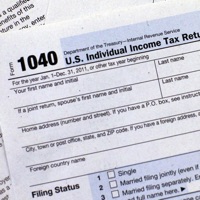 In a continued attempt to better understand the 2017 federal income tax brackets, here is a graphical breakdown of a simple scenario for a married filing joint couple with no dependents. Again, I’ll try to explore the differences in terms such as gross income, taxable income, marginal tax rate, and effective tax rate. See also:
In a continued attempt to better understand the 2017 federal income tax brackets, here is a graphical breakdown of a simple scenario for a married filing joint couple with no dependents. Again, I’ll try to explore the differences in terms such as gross income, taxable income, marginal tax rate, and effective tax rate. See also: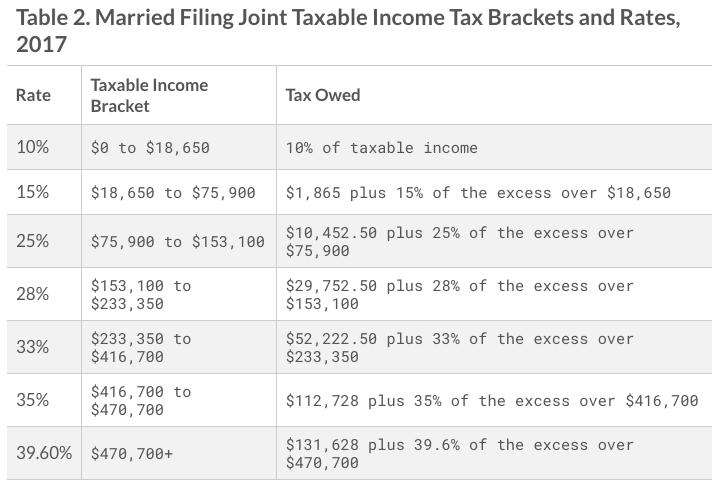
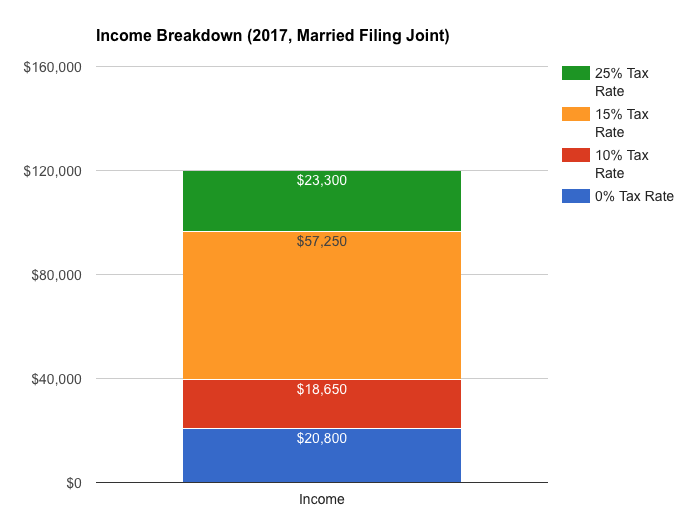
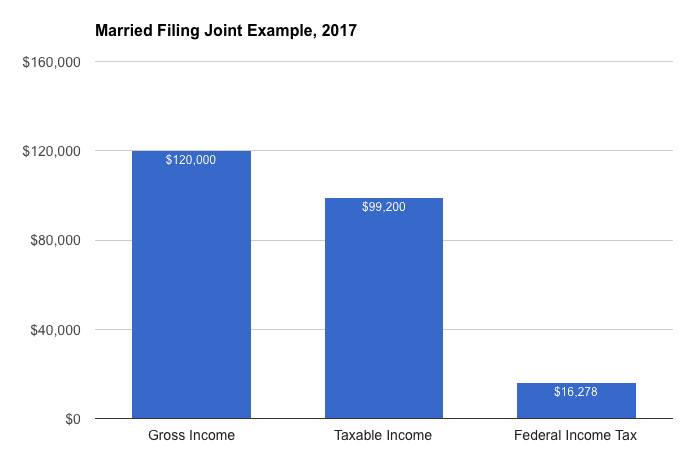
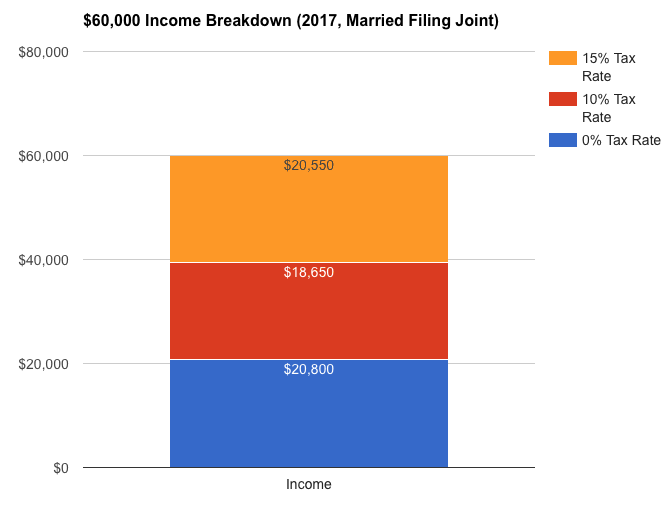
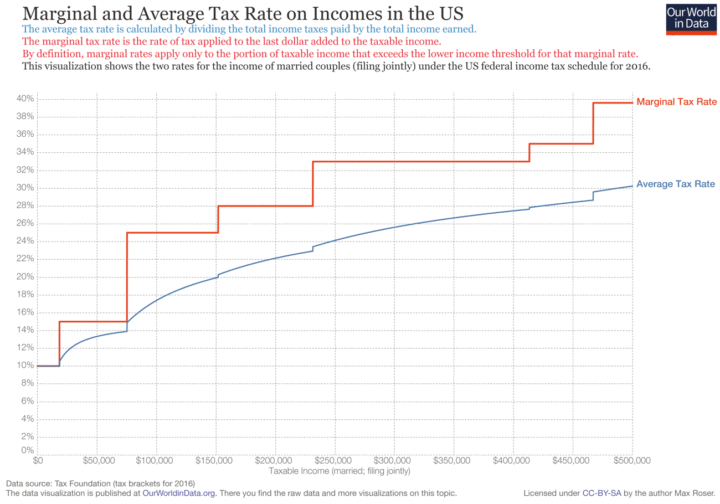
 LivingSocial has a new deal:
LivingSocial has a new deal: 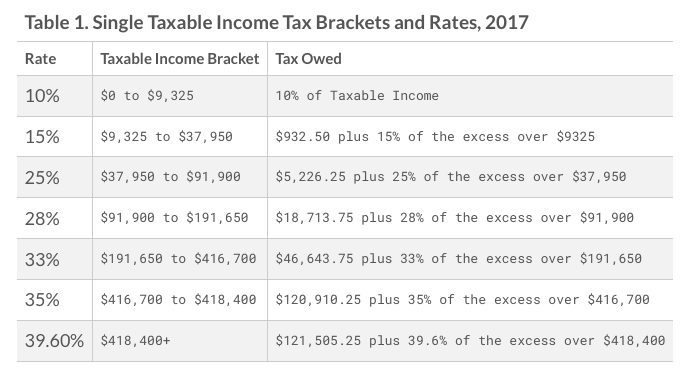
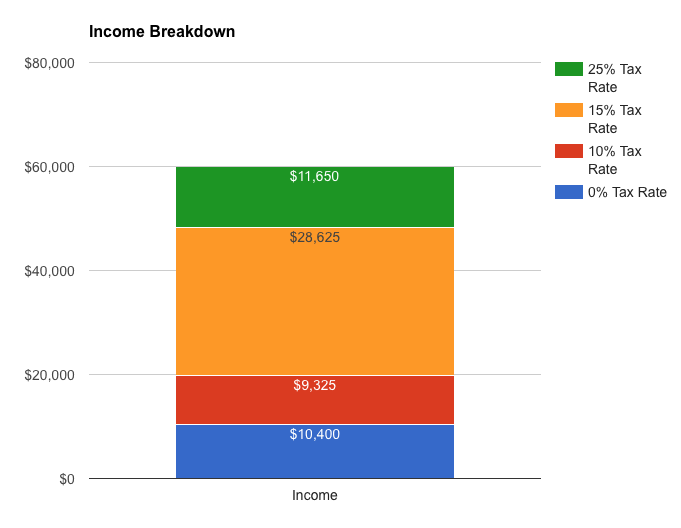
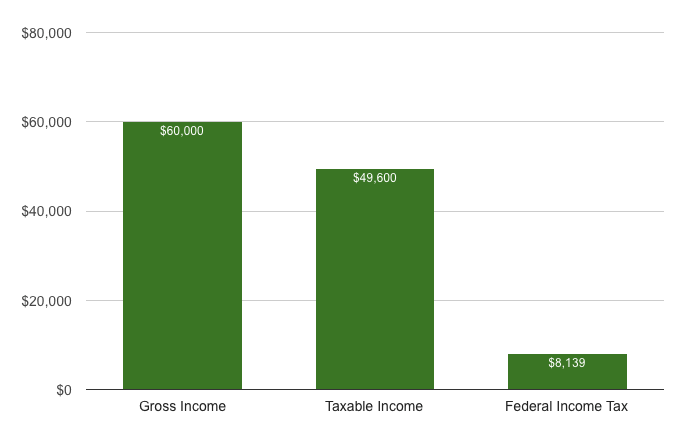
 Institutional Investor has an
Institutional Investor has an 
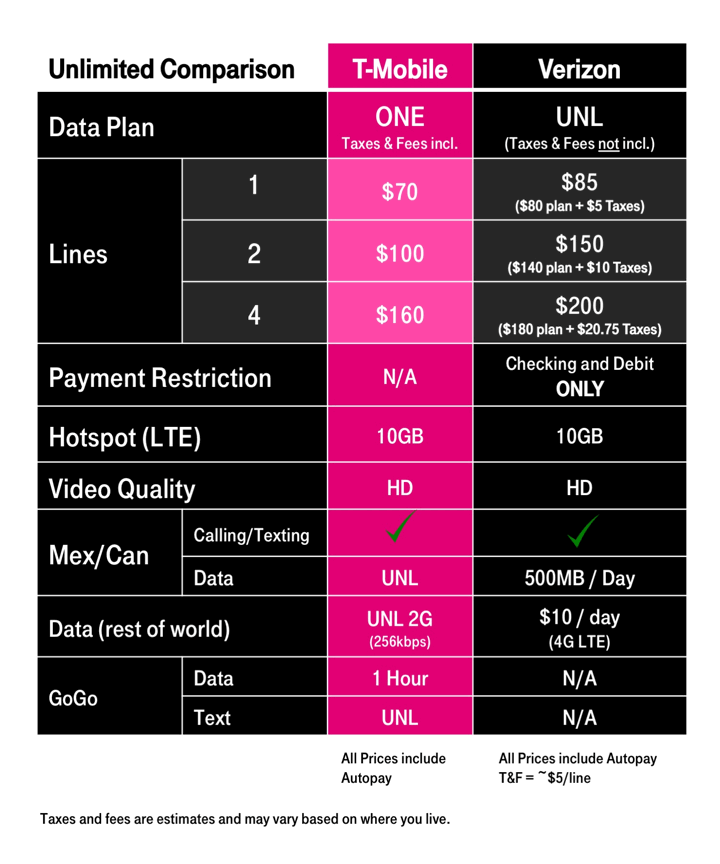
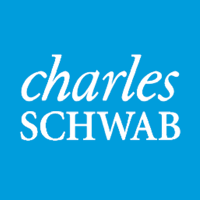
 The Best Credit Card Bonus Offers – March 2024
The Best Credit Card Bonus Offers – March 2024 Big List of Free Stocks from Brokerage Apps
Big List of Free Stocks from Brokerage Apps Best Interest Rates on Cash - March 2024
Best Interest Rates on Cash - March 2024 Free Credit Scores x 3 + Free Credit Monitoring
Free Credit Scores x 3 + Free Credit Monitoring Best No Fee 0% APR Balance Transfer Offers
Best No Fee 0% APR Balance Transfer Offers Little-Known Cellular Data Plans That Can Save Big Money
Little-Known Cellular Data Plans That Can Save Big Money How To Haggle Your Cable or Direct TV Bill
How To Haggle Your Cable or Direct TV Bill Big List of Free Consumer Data Reports (Credit, Rent, Work)
Big List of Free Consumer Data Reports (Credit, Rent, Work)